Transforming Spaces: Exploring the Art of Interior Design
Introduction
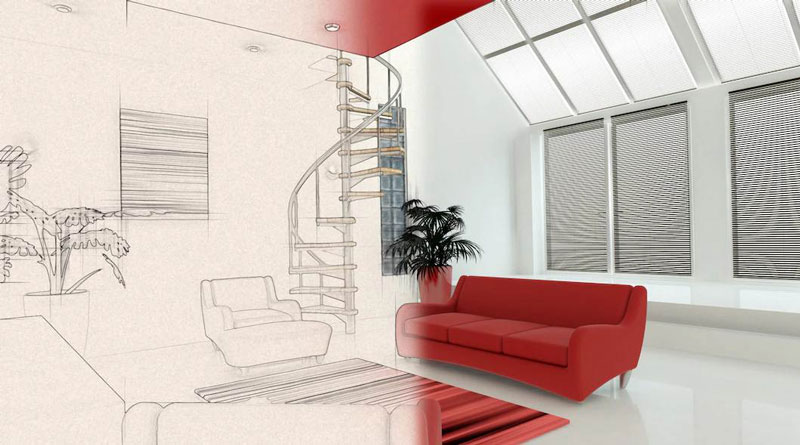
In today’s fast-paced world, where our surroundings profoundly impact our well-being, productivity, mood and health, the domain of interior design plays a pivotal role in shaping our lifestyles as well as our lives.
According to Wikipedia, “Interior design is the art and science of enhancing the interior of a building to achieve a healthier and more aesthetically pleasing environment for the people using the space.” However, to put it simply, interior design is the skilful fusion of aesthetics and functionality that transforms the spaces we inhabit into captivating and harmonious environments. These living spaces reflect our unique tastes and habits and evoke emotions like comfort, creativity, warmth and inspiration.
A sophisticated art form and a powerful tool that pays meticulous attention to detail, interior design possesses a remarkable ability to redefine how we perceive and experience our surroundings. So, without further ado, let’s delve into the world of interior design and explore its various intricacies that revolutionise our spaces, cater to our needs, create a healthier atmosphere and elevate the overall quality of our lives.
The Essence of Interior Design
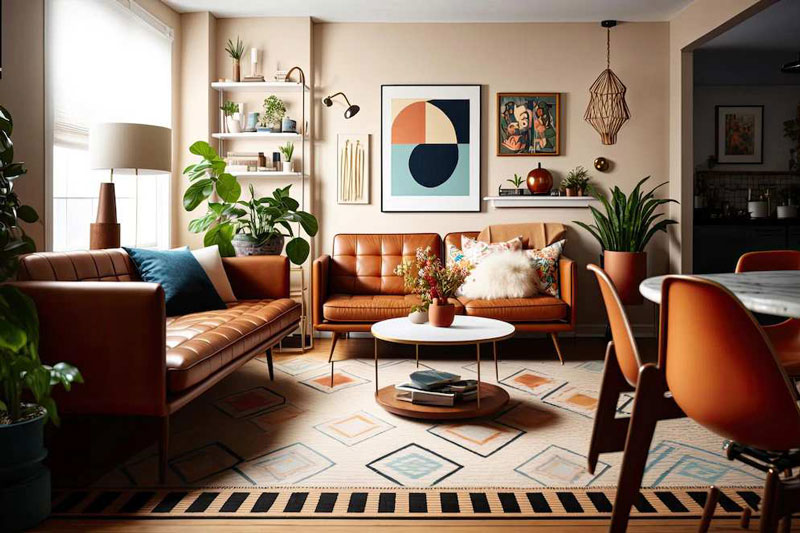
In the words of Albert Hadley, a renowned American interior designer, “The essence of interior design will always be about people and how they live. It is about the realities of what makes for an attractive, civilised, meaningful environment, not about fashion or what’s in or out.
This is not an easy job.” These words encapsulate the true essence of interior design, which goes far beyond mere superficial decoration, positioning of furniture or modern interior design trends.
Interior design is a multifaceted discipline that strives to create spaces that are not only visually appealing but also functional and purposeful. It constitutes elaborate space planning, thoughtful consideration of the space’s flow and functionality and strategic decision-making to make the most of every square inch.
At its core, interior design is all about understanding people’s behaviour and how they interact with their surroundings.
To ensure that the space caters to their needs, fulfils their aspirations, improves their well-being and elicits positive emotions. It revolves around creating an environment that engages people’s senses, makes them feel good and fosters a sense of balance, harmony and purpose.
Central to interior design is the art of composition. By carefully considering factors such as scale, proportion, balance, and rhythm, interior designers create cohesive compositions that effectively communicate the personalities and styles of the space’s inhabitants. It is a delicate dance of arranging various elements to achieve a well-integrated whole, where every piece has its place and contributes to the overall narrative of the space.
In essence, interior design is the art of creating spaces that not only please the eye but also serve a purpose. Achieving such personalised and purposeful spaces requires keen attention to detail, a profound understanding of design principles, and the skilful use of colour, texture, and lighting.
Styles and Themes in Interior Design
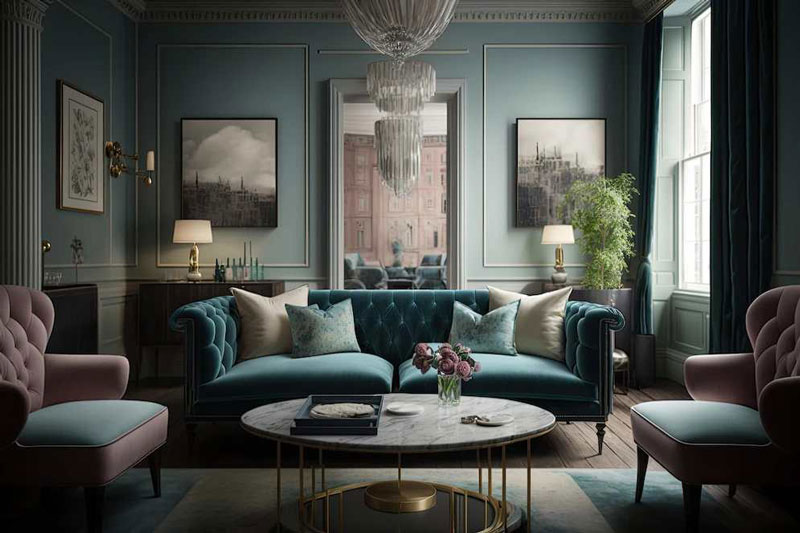
Interior design is a realm of boundless possibilities wherein styles and themes play a crucial role in shaping the overall look and feel of a space. And therefore, it’s no surprise that there are many styles and themes to suit all tastes and preferences.
From the sleek minimalism of contemporary spaces to the timeless elegance of traditional designs, there is a wide array of choices to satisfy and accommodate the aspirations of every individual. Whether it’s the opulence of a classic Victorian interior, the clean lines of Scandinavian design, or the eclectic charm of bohemian aesthetics, each style comes with its unique charm, character and influence.
Let’s survey some of the sought-after styles in interior design:
- Minimalist interior design focuses on functionality, simplicity, and a clutter-free environment. Its clean and unadorned aesthetic accentuate a room’s essential elements and promotes a sense of calm and clarity. It champions the “less is more” philosophy through its use of clean lines, neutral colours, and ample open spaces.
- Contemporary modern design ideas embrace bold shapes, minimalist furniture and innovative materials, exuding modernity and sophistication.
- The epitome of magnificence and timelessness, Classic luxury design ideas incorporate traditional elements, intricate details, elegant furnishings, symmetrical arrangements, ornate mouldings, rich textures and luxurious materials like silk or velvet. They pay homage to the past while effectuating an exquisite impression.
- Inspired by urban settings, Industrial design ideas feature raw and unfinished materials like exposed brickwork, metal accents or salvaged wood and functional elements like open ductwork or pipes.
- The rustic interior design comprises natural materials, raw elements and earthy tones. It evokes a warm, quaint and cosy atmosphere reminiscent of countryside living.
- Perfect for a bold and unique aesthetic, Bohemian home decor ideas boast a free-spirited and eclectic vibe with a blend of various styles, cultural influences and eras to create a visually stimulating space. They endorse a mix of vibrant colours, patterns, textures and unconventional elements to create a hyper-personalised, dynamic and artistic ambience.
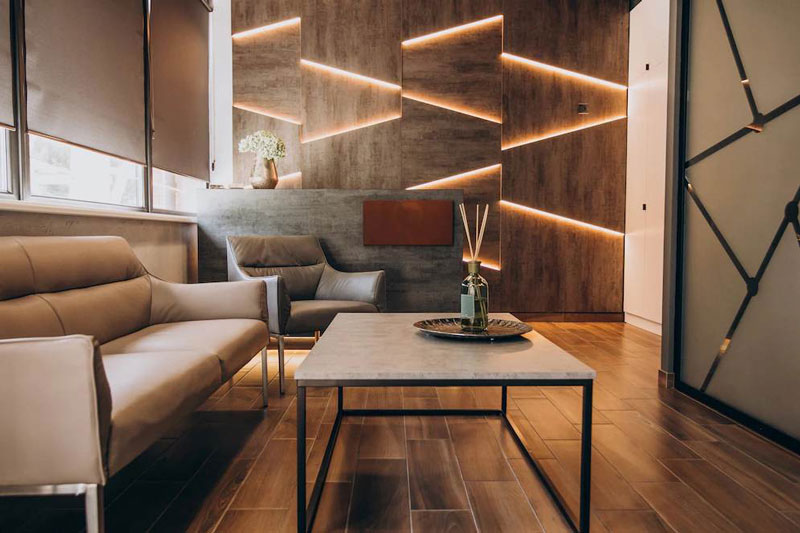
Themes in interior design offer great scope for personalisation and storytelling within a space using carefully selected elements like furniture, artwork, colour palettes, or embellishments. Whether it’s a futuristic sci-fi-inspired room, a coastal design with nautical elements, a vintage-inspired room with a retro theme or a cosy Parisian rustic cabin – selecting a specific theme is the best way to introduce meaning, personality, interests, passions, memories, experiences and stories into the design.
The choice of style and theme depends on the client’s preferences, the purpose of the space, and the desired atmosphere. Styles and themes operate as starting points in creating cohesive and visually engaging interiors. They provide interior designers with a framework to guide the selection of furniture, colours, materials, textures, accessories and decorative elements.
Each theme and style infuse a distinct personality and atmosphere into the space. However, apart from the client’s lifestyle and preferences, interior designers must also factor in the architectural features and context of the space before deciding its theme or style.
The Role of Lighting and Colour in Interior Design
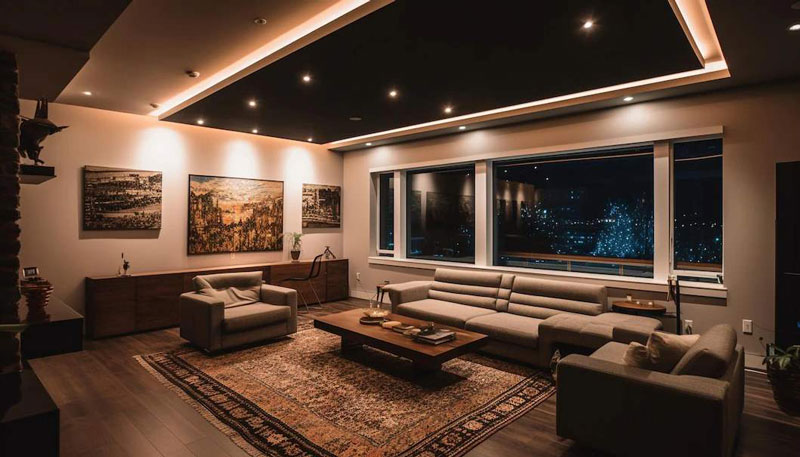
Light and colour, the magical duo of interior design, possess the extraordinary power to make or break a space.
Lighting is the fundamental element in interior design that illuminates the space and substantially influences its mood and effectiveness. Lighting design encompasses the strategic placement of light fixtures, selection of appropriate lighting sources, and manipulation of light to enhance a room’s functionality and visual appeal.
Natural light brings warmth and nurtures a connection with the outdoors, while artificial lighting allows for customisation and accentuation of specific areas. Well-placed lighting fixtures, regardless of the light’s source, are vital in highlighting architectural features, creating focal points, and setting the desired ambience of a space. From natural light flooding through large windows to carefully positioned artificial lighting fixtures, designers utilise various lighting techniques to create visual interest and evoke specific emotions.
Let’s take a look at different kinds of lighting and the impact they wield:
- Ambient lighting provides overall illumination to a space, creating a comfortable, visually appealing and inviting atmosphere.
- Accent lighting draws attention to architectural features, artwork, or decorative elements, highlighting their significance, adding drama and creating focal points within a space.
- Task lighting, such as focused lighting above a kitchen countertop or a reading lamp beside a chair, ensures proper illumination and functionality in specific areas. The right colour temperature of light, whether warm or cool, can inspire concentration, alertness, and comfort during task performance.
- The interplay of light and shadow creates depth, contrast, and visual intrigue, adding dimension to the design and enhancing the perception of texture and form within a space.
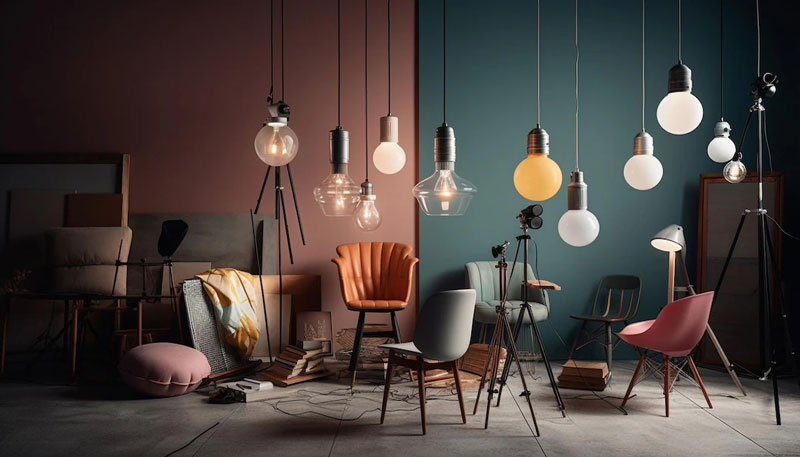
Similarly, colour palettes play an influential role in determining the aesthetics and mood of a space, evoking myriads of emotions and shaping our perception of a room. The use of colour also defines different zones within a space, creates visual interest, and ties the overall design scheme together.
Each colour carries its psychological effects and associations.
- Warm colours such as red, orange, and yellow create a sense of energy and vibrancy.
- Cool colours like blue and green invoke a calm and serene environment.
- Bright, light colours can make a small room more open and spacious.
- Dark, warm colours can create a sense of intimacy and cosiness in larger spaces.
- Employing contrasting hues in a modern design with bold colours and using colour to differentiate specific areas or objects will help create focal points in the space.
The choice of the colour palette should align with the purpose of the space and the desired emotional response.
The interplay between lighting and colours is paramount, as lighting creates depth and dimension, while colours bring vibrancy and visual interest. The harmonious collaboration of both elements is the key to achieving desired mood and atmosphere within a space. For instance,
- Warm, soft lighting with a colour palette of earthy tones can establish a cosy and intimate ambience, perfect for a bedroom or a living room.
- Bright, cool lighting with vibrant colours can energise and invigorate a workspace or a recreational area.
Skilful use of lighting and colour allows interior designers to orchestrate the perfect symphony of elements, creating visually engaging, functionally efficient, and emotionally impactful spaces.
Maximising Functionality and Aesthetics in Interior Design
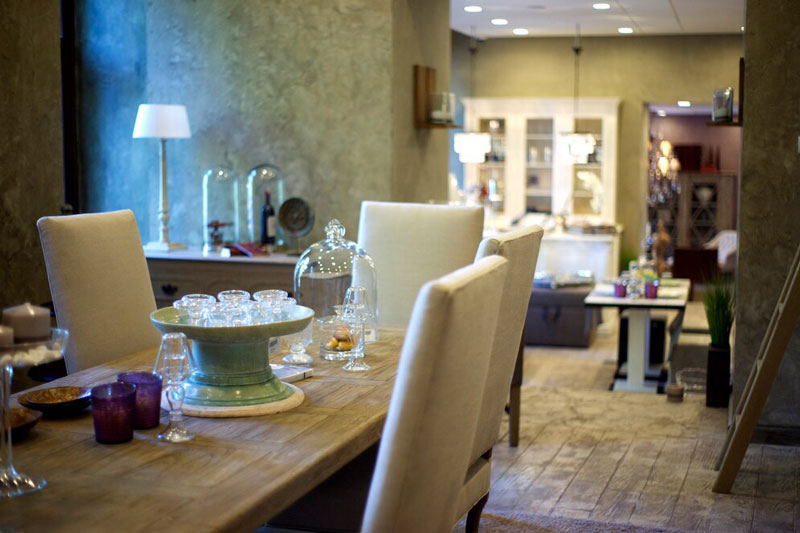
A delicate balance between functionality and aesthetics characterises a successful interior design. A well-designed space not only looks beautiful but also serves its intended purpose by catering to the needs and lifestyles of the occupants.
Designers must strive to maximise the functionality of a space while ensuring that it’s visually stunning. This involves careful consideration of the layout, flow, spatial organisation and ergonomics of space to maximise its efficiency, comfort, convenience and usability. Intelligent space planning, clever storage solutions, orderly furniture arrangement and thoughtful selection of materials are the primary factors in achieving this seamless blend of form and function.
Space planning is the most fundamental aspect of interior design – it seeks to make the most efficient use of every square inch, be it a small apartment, an office floor, or a commercial establishment. Space planning constitutes carefully analysing and assessing the space’s dimensions, layout, and architectural features to determine the best placement of furniture, fixtures, storage units, and circulation paths.
Effective space planning is indispensable in modern design for small spaces. No matter how small or challenging it is, any space can be transformed into an efficient and stylish environment by leveraging smart storage solutions, compact and multi-functional furniture, and creative use of vertical space.
- Storage solutions are crucial in maximising functionality and minimising clutter. By incorporating innovative storage options like built-in shelves or hidden cabinets, interior designers optimise space, create a sense of order and ensure a seamless virtual aesthetic.
- Furniture selection should prioritise comfort, functionality, and versatility. Multi-functional furniture such as a sofa bed or a storage ottoman offers optimum space utilisation, clever storage solutions and adaptability to various needs.
- The choice of materials, such as flooring, wall coverings, and fabrics, should consider durability, ease of maintenance, and aesthetic appeal.
- Incorporating personal touches, artwork, and accessories adds character and a sense of individuality to the space, making it truly unique and reflective of the occupant’s personality.
Great attention to detail is required to ensure that neither the aesthetics nor the functionality is compromised. From the flooring materials to the fabrics, textures, and finishes, every element must work harmoniously to create a cohesive and visually pleasing composition.
It is the careful balance of artistic expression and practicality that brings a space to life and enriches the lives of those who inhabit it.
Conclusion
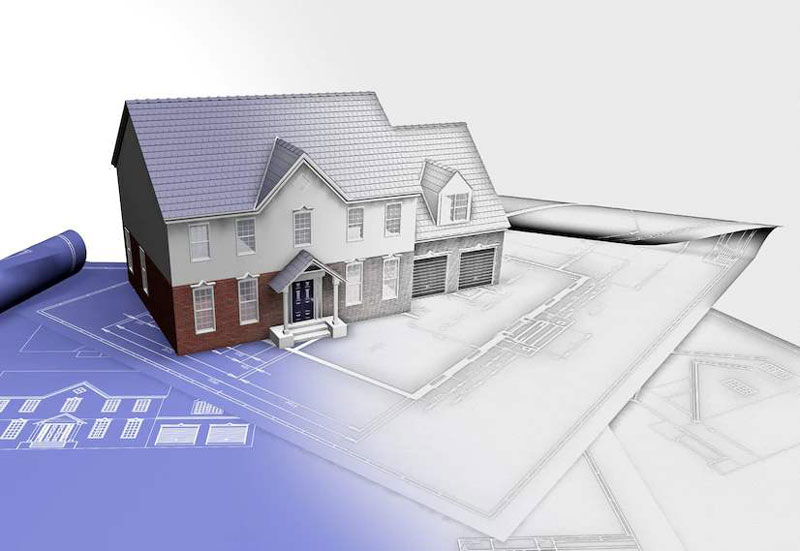
Interior design is a transformative art form that empowers us to transform our surroundings into personalised havens of comfort, inspiration, and functionality which nurture our mind, body and soul.
Through a combination of styles, themes, lighting techniques, colour palettes, intelligent space planning and clever design strategies, interior designers breathe life into empty rooms, infusing them with personality and purpose. By creating spaces that manifest the unique tastes, lifestyles and aspirations of the people inhabiting them, designers bestow us with sanctuaries within the walls of our homes, workspaces and commercial establishments.
The art of interior design is undeniably the perfect pathway and a delightful opportunity to reshape our spaces and elevate the quality of our lives.
Breaking New Grounds: How Studio A is Transforming Spaces across the Globe

At Studio A, we take great pride in revolutionising the field of interior design and exceeding client expectations across the globe. With our unique creative vision, proven expertise, commendable track record, thorough understanding of our client’s preferences, and unwavering passion for design, we strive to create spaces that amaze the eyes and leave a lasting impression on the minds.
We are committed to cultivating strong and meaningful partnerships with our clients and leave no stone unturned in ensuring innovation and originality in all that we do. No challenge is too big for us as we constantly keep pushing and challenging the boundaries of what is possible in the world of interior design.
Embark on this exhilarating journey with us as we transform spaces and redefine the art of interior design. Discover the Studio A experience firsthand and witness how our passion and expertise can turn ordinary spaces into extraordinary sanctuaries.
Image Reference: Freepik
Disclaimer: All trademarks, logos and brand names are the property of their respective owners. All company, product, and service names used in this website are for identification purposes only. Use of these names, trademarks, and brands does not imply endorsement.

One Response